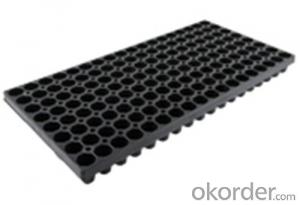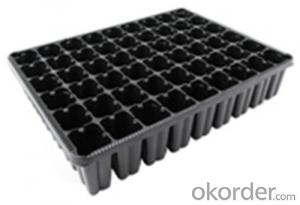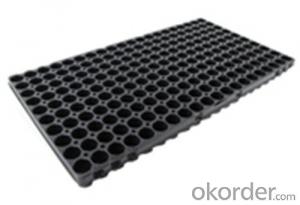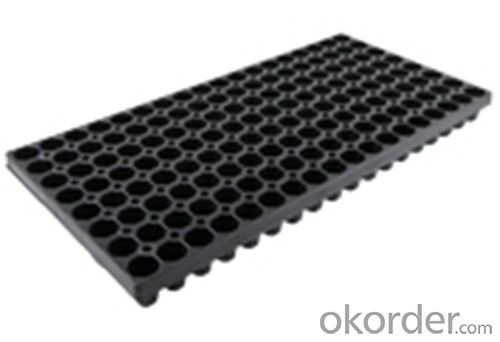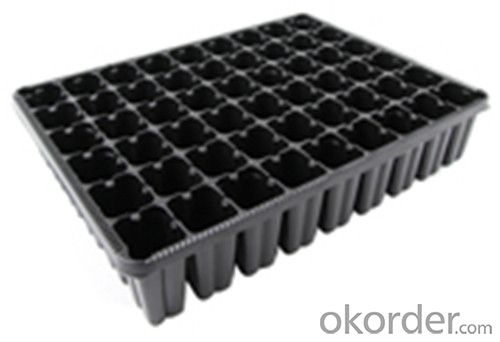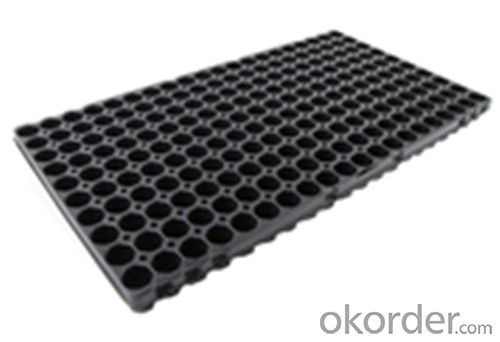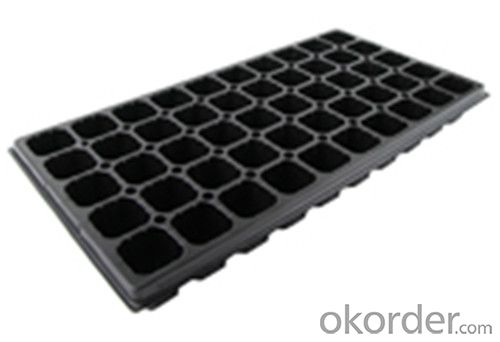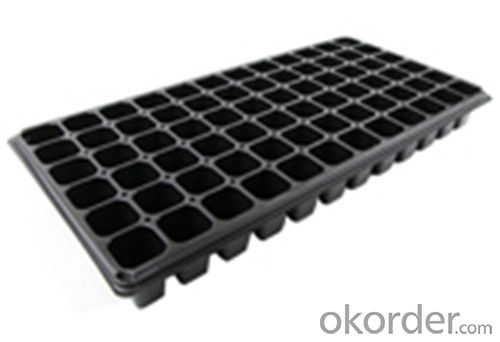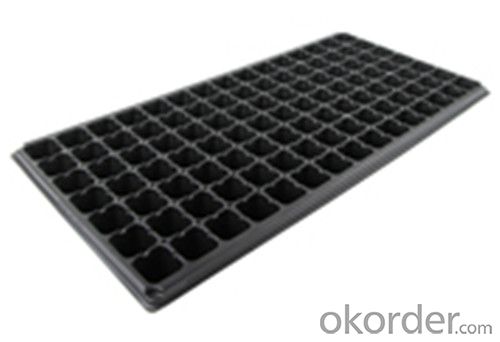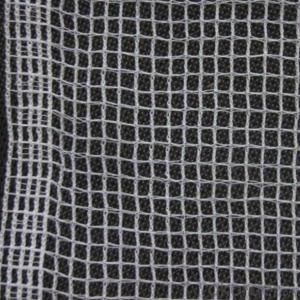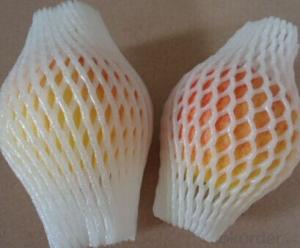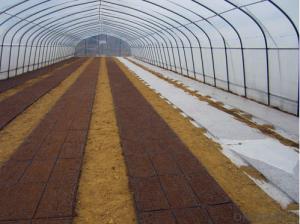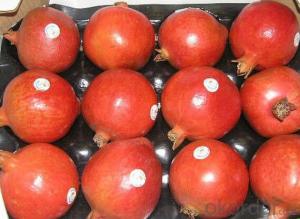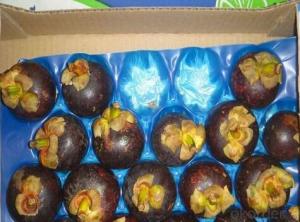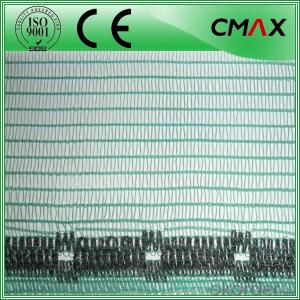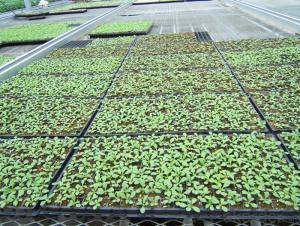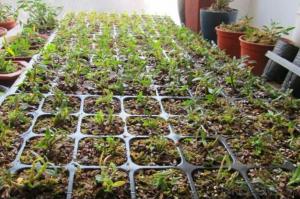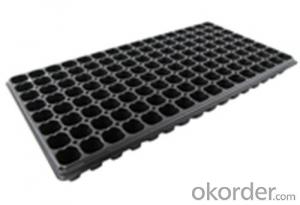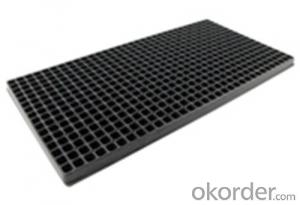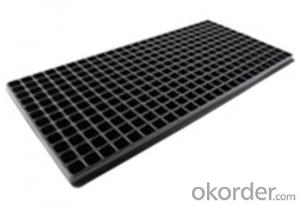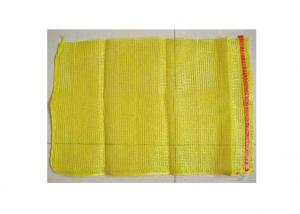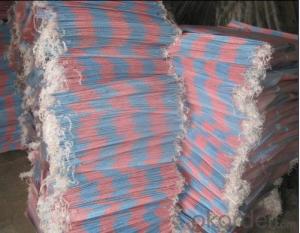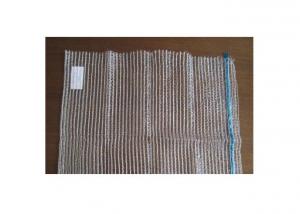Plastic Seedling Tray Nursery Tray Seed Tray Black Durable Plastic Seed Cell Plug Tray
- Loading Port:
- China main port
- Payment Terms:
- TT OR LC
- Min Order Qty:
- 1000 pc
- Supply Capability:
- 200000 pc/month
OKorder Service Pledge
OKorder Financial Service
You Might Also Like
Structure of the seed tray:
· Top quality and competitive price.
· Variety design and good appearance.
· Easy to use, and remove.
· Durable and reusable.
· Eco-Friendly.
Description Main Features of the seed tray:
· Ideal for Starting seeds and Transplanting Seedling.
· Suitable for both manual and automatic planting.
· Suitable for Propagating Vegetables, Flowers and other plant from seed in green-house or indoors.
Thickness vs. Weight
· Thickness of trays are from 0.5mm to 1.0mm.
· 1.0mm: 155g±5g; 100pcs/ctn.
· 0.9mm: 140g±5g; 120pcs/ctn.
· 0.7mm: 110g±5g; 150pcs/ctn.
· 0.6mm: 95g±5g; 180pcs/ctn.
· 0.5mm: 80g±5g; 200pcs/ctn.
·
Using time:
· thickness of 0.5mm can be used 1 to 2 times.
· thickness of 0.6mm can be used 3 to 4 times.
· thickness of 0.7mm can be used 5 to 6 times.
· thickness of 0.8mm can be used 7 to 8 times.
· thickness of 0.9mm can be used 8 to 9 times.
· thickness of 1.0mm can be used 8 to 10 times.
Seed Tray Specification:
Material | ps/pvc |
Thickness | 0.5mm-1.5mm, standard:1mm |
Weight | 80g(±5)g-230g(±5)g, Standard weight:155g(±5)g |
Size | length:490mm-540mm, width:190mm-345mm,depth:25mm-150mm Standard:54mmX28mm |
Cell count | 18-512 |
Package | in carton |
Using time | 8-10 times |
FAQ:
Q:How Can I Get A Sample?
A:You can get samples by communicate with our export sales.
Q:How Long Is Delivery?
A:Delivery time will be 7-25 days according to order quantity.
Q:What Is The MOQ?
A:Our MOQ is 1*20FT container quantity, allow to mix several items.
Q:What Is Our Normal Payments Terms?
A:Our normal payment terms now is T/T, L/C or Western Union,Papal.
Q:How Do I Order Your Products?
A:You can check our website for any items you interest and you can also get communication with our export sales and order for it accordingly.
Q:What Kinds Of Material We Use In Our Product?
A:Our plastic flower pots use material such as PP polymer or PE polymer.
- Q: Can nursery trays be used for seedling transplants in raised beds?
- Yes, nursery trays can be used for seedling transplants in raised beds. Nursery trays provide a convenient and efficient way to start seeds and grow seedlings before transplanting them into raised beds. The trays help to maintain the root systems of the seedlings and make transplanting easier while ensuring proper spacing and organization.
- Q: How long does it take for plants to outgrow a nursery tray?
- The time it takes for plants to outgrow a nursery tray can vary depending on the specific plant species, growing conditions, and care provided. Generally, it can take anywhere from a few weeks to a few months for plants to outgrow a nursery tray and require transplanting into larger pots or containers.
- Q: Im going to paint my plastics soon and i want to use the Krylon fusion paint. Is this a good paint for this? Does it hold up good? How should i prep the plastics?
- Krylon sticks pretty well to plastics, but it can peel if you get a chip or scratch in it. Make sure it cures for a day or two before riding. The plastic flexing can make paint crack. The longer it has to cure the better it will stick. A trick is to paint all surfaces of the part. This way there is no edge to the paint that can peel more easily. Compound out any scratches (Rubbing compound, do not use anything really abrasive like sand paper) and clean the surface with a good cleaner that doesn't leave residue. (Dish washing liquids work well. Use plenty of water.)
- Q: This question asks if it's possible for farmers to utilize recycled agricultural plastics in their fields.
- <p>Yes, farmers can use recycled agricultural plastic products in their fields. Recycled plastics are often used in the form of mulch films, which can help with weed control, water conservation, and temperature regulation. Additionally, recycled plastic can be used to create irrigation systems, fencing, and other agricultural infrastructure. However, it's important for farmers to ensure that the recycled plastics meet quality standards and are safe for use in agriculture to avoid contamination of crops or soil.</p>
- Q: Please spare a few minutes to share your opinion about this issue. Is paper bag is better than plastic bag when it comes shopping at the supermarket. What do you think? Please give your reason for why!Thanks in advance
- Paper bags is better, because paper bags more stable and beautiful
- Q: This question asks whether the use of biodegradable adhesive agents can enhance soil quality and increase crop production.
- <p>Yes, biodegradable adhesive agents can potentially improve soil quality and crop yields. These agents can help bind soil particles, increasing water retention and reducing erosion. They also contribute to the formation of soil aggregates, which improves aeration and root penetration. As a result, plants can access more nutrients and water, leading to better growth and higher crop yields. Additionally, since these adhesives are biodegradable, they decompose naturally, reducing environmental pollution and fostering a healthier soil ecosystem. However, the specific impact can vary depending on the type of adhesive, soil conditions, and crop species.</p>
- Q: This question asks for efficient methods to decrease the reliance on plastic materials in agriculture.
- <p>Effective strategies for reducing agricultural plastic use include promoting biodegradable alternatives, such as compostable mulch films and plant-based plastics. Encouraging precision farming techniques can minimize waste by optimizing water and nutrient application. Recycling initiatives can be expanded to collect and repurpose agricultural plastics. Additionally, integrating crop rotation and cover cropping practices can reduce the need for plastic mulches. Educating farmers on the environmental impact of plastics and providing financial incentives for adopting sustainable practices can also drive change. Lastly, investing in research and development of innovative, eco-friendly solutions is crucial for long-term reduction in plastic use in agriculture.</p>
- Q: i need an experiment to determine if plastic is porous thanks in advanced for any help you give
- to test the porosity of plastic (which i'm pretty sure not many are) 1. take a small tub and fill it with water 2. weigh your sample of plastic then put it in the water for a set time, say two minutes. 3. take the plastic out of the water and re-weigh to find the difference. if the plastic weighs more, then it's holes have been filled with water, like a sponge, and you can see exactly how much water it's taken up with this test. hope thats what youre looking for!
- Q: Can ground cover be used to create a natural play area for children?
- Yes, ground cover can be used to create a natural play area for children. Ground covers such as grass, wood chips, rubber mulch, or even natural materials like sand or gravel can make the play area safer and more enjoyable for children. These ground covers provide cushioning and protection from falls, while also blending with the natural surroundings. Additionally, ground cover can help prevent soil erosion and promote a cleaner and more sustainable play environment.
- Q: This question asks for the primary origins of plastic waste in agricultural settings.
- <p>The main sources of agricultural plastic waste include plastic films used for mulching, greenhouse films, plastic nets, and containers for planting and storage. Plastic mulch films are extensively used for weed control and moisture retention, leading to significant waste once they degrade or are replaced. Greenhouse films, which are crucial for controlled environment agriculture, also contribute to waste as they have a limited lifespan and need periodic replacement. Additionally, plastic nets used for crop protection and plastic containers for seedling and produce storage contribute to the overall agricultural plastic waste.</p>
Send your message to us
Plastic Seedling Tray Nursery Tray Seed Tray Black Durable Plastic Seed Cell Plug Tray
- Loading Port:
- China main port
- Payment Terms:
- TT OR LC
- Min Order Qty:
- 1000 pc
- Supply Capability:
- 200000 pc/month
OKorder Service Pledge
OKorder Financial Service
Similar products
Hot products
Hot Searches
Related keywords
